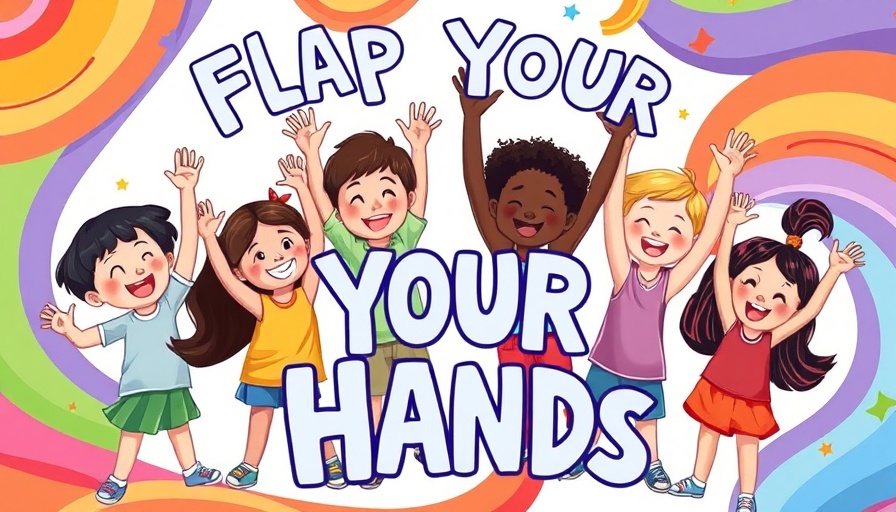
Why Authentic Autism Representation Matters
As an autistic person, I deeply understand the scarcity of authentic autism representation in literature. My journey into self-acceptance began with a book that, despite its shortcomings, introduced me to the idea of autism. Representation matters; it fosters understanding, empathy, and acceptance. For children and adults alike, seeing characters who reflect their experiences can be both validating and liberating.
Celebrating Diverse Narratives in Autistic Literature
It's critical to spotlight works that authentically depict the autistic experience, particularly during formative years. Titles like Flap Your Hands: A Celebration of Stimming by Steve Asbell not only celebrate stimming—a crucial part of many autistic individuals' lives—but also normalize the sensory experiences that come with it. Such books promote acceptance from a young age, showing children that their unique ways of interacting with the world are valid.
Building Acceptance Through Stories: Lessons from ‘Bitsy Bat’
In Bitsy Bat, School Star by Kaz Windness, we find a powerful metaphor through the character of an ’upside-down’ bat navigating a world filled with neurotypical characters. This narrative encourages readers, especially children, to embrace their uniqueness and view differences as strengths rather than weaknesses. It’s a crucial lesson that helps cultivate an inclusive mindset early on.
Exploring Complexities in Autistic Experiences
Books like The Fire, The Water, and Maudie McGinn by Sally J. Pla bravely address the intersectionality of neurodivergence and trauma. This approach not only reveals the challenges faced by children with complex backgrounds but does so in a way that fosters empathy and deeper understanding among readers. Maudie’s journey to self-acceptance underscores the importance of recognizing diverse narratives within the autistic community.
The Power of Practical Insights in Kidlit
Too Much! An Overwhelming Day by Jolene Gutiérrez and Angel Chang is another noteworthy title that opens dialogue around sensory overload, offering readers tools to understand and help those with sensory needs. By incorporating actionable insights, this book empowers readers to better support autistic friends and family in their daily lives.
Supporting Neurodiverse Kids in the Classroom
For educators and parents, these stories serve as educational tools that may bridge the gap between students with autism and their peers. Having relatable characters encourages discussions that can break down barriers and foster a culture of acceptance in classrooms. By integrating these narratives into lesson plans, we can create a more inclusive educational environment.
Creating Spaces for Neurodivergent Voices
It’s essential to amplify autistic voices in literature. As a community, we should advocate for more books that feature diverse autistic protagonists, each presenting their unique perspectives and experiences. This representation can reshape societal perceptions and encourage acceptance among future generations.
Exploring literature that includes autistic characters enriches our understanding of neurodiversity. By sharing these stories, we can cultivate an empathetic society where differences are celebrated rather than overlooked. Engage with these books and consider discussing them in your classrooms or book clubs—it’s a small step toward a big change.
 Add Row
Add Row  Add
Add 




 Add Row
Add Row  Add
Add 

Write A Comment